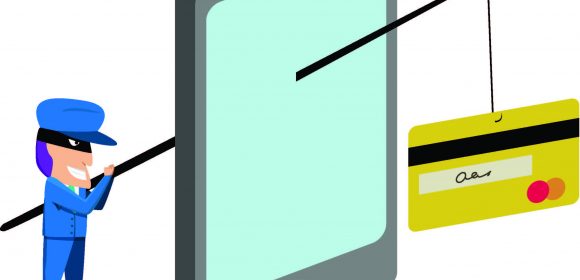Your phone vibrates, and you check the message: it appears to be from your bank, urging you to take immediate action – but could this be a smishing attack in disguise? As we increasingly rely on our smartphones for everyday communication and transactions, smishing is just one of the many threats to be on the lookout for. Smishing, short for “SMS phishing,” involves sending fraudulent text messages to trick the recipient into handing over sensitive information or clicking on a malicious link.
You may have encountered smishing before in the form of fraudulent text messages from Amazon, PayPal, or other large companies and government agencies. While these texts are easy to brush off, the dangers of smishing are significant and can come with serious consequences should the attacker fool you. Smishing attacks can lead to financial loss and identity theft, which is why it is important to protect yourself from these scams.
Smishing attacks typically begin with a text message that appears to come from a legitimate source, such as a bank, government agency, or a popular retailer. The message may use urgent language or make a tempting offer to entice the recipient to act. Offering a discount or a prize can be a key indicator of an attack of this type. The message may then direct the recipient to click on a link or call a phone number, where they will be persuaded into divulging sensitive information such as usernames, passwords, card numbers, and banking information. Additionally, some messages may contain a link to a malware-laden site in which malicious software is installed on the recipient’s phone upon clicking on the link.
From there, the possibilities for the scammer are endless. They can use the sensitive information they gathered to steal money from bank accounts, open credit cards in the victim’s name, or even commit crimes under the victim’s identity. For this reason, it is important to protect yourself from smishing to avoid the headache that comes along with having your sensitive information shared with a malicious third party.
Fortunately, there are several steps you can take to protect yourself from smishing and other scams. The first, and arguably most important step, is to be wary of unsolicited text messages. If you receive a text message from an unknown number or sender, proceed with caution and do not click on any links or supply personal information until you verify the source of the message. Another key step is to identify typos and strange language. Like phishing emails, these smishing messages often contain spelling and grammatical errors, and it is important to trust your instincts and delete the message if it appears suspicious. Another important step one should take to protect themselves from this threat is learning not to trust caller ID. Some scams spoof telephone numbers, making them appear to come from a legitimate source on the caller ID. It is important to not rely solely on caller ID for the verification of these messages and instead, one should call a verified, known good contact number to ensure the messages authenticity. One final step someone should follow to protect themselves from this threat is to never give out personal information such as your Social Security number or credit card information in response to a text message. Legitimate organizations will never ask you to provide sensitive information via text, and asking for this information over text is often a key indicator of an attempted scam in progress.
In conclusion, Smishing is a serious threat that can have devastating consequences for its victims. By staying vigilant and following these simple tips, you can protect yourself from these scams and keep you, your personal information, and your assets safe from harm. Always remember, if you receive a text message with an offer that seems too good to be true, it probably is. Don’t take the bait and fall victim to scammers.





